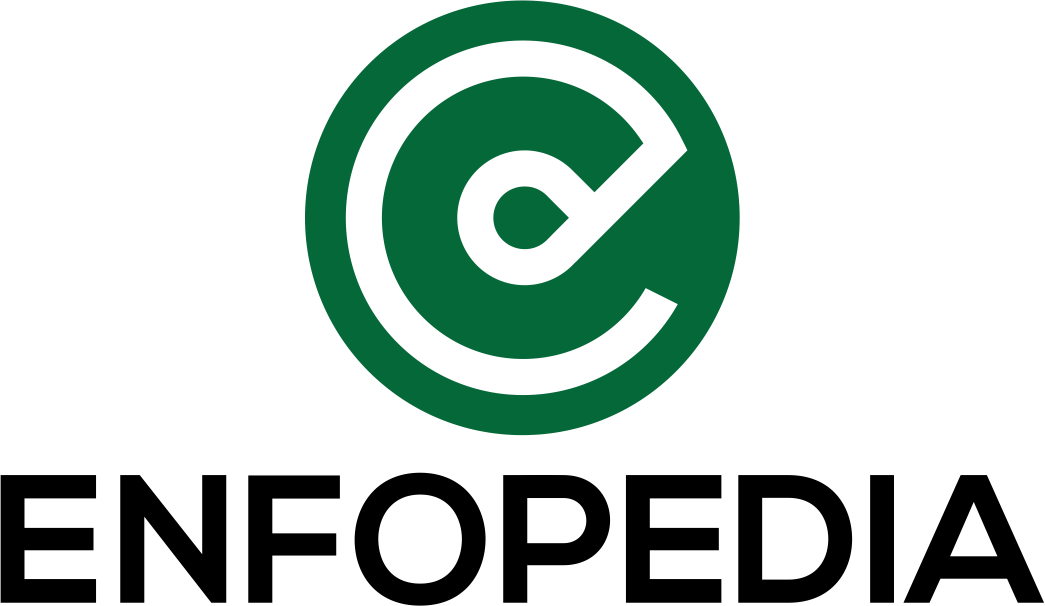What A CPA Looks For When Auditing Your Business Financials

When a CPA audits your business financials, they focus on accuracy and compliance. You may wonder what specific elements they examine. This guide reveals the key areas of a financial audit, helping you understand the process. CPAs meticulously verify financial statements to ensure they reflect true company performance. They look for errors, inconsistencies, and compliance with regulations. They check revenue, expenses, and assets. In addition, they scrutinize internal controls and financial reporting systems. The aim is to provide an honest and accurate assessment of your financial health. For Mendham small business accounting, understanding these factors is crucial. These audits can identify potential issues before they escalate. CPAs offer a clear, unbiased perspective on your financials. This knowledge empowers you to make informed decisions and improve business operations. By knowing what CPAs look for, you gain insight into how to maintain accurate, compliant, and transparent financial records.
Key Areas of Focus in Financial Audits
During an audit, CPAs concentrate on several critical areas:
- Revenue Confirmation: CPAs verify that all revenue records are accurate and complete. They confirm that recorded sales match actual figures.
- Expense Verification: They ensure that expenses are recorded correctly and justify business operations.
- Asset Examination: CPAs check that assets are accurately valued and listed.
- Liabilities Assessment: They assess liabilities to confirm their validity and completeness.
- Internal Controls Review: CPAs evaluate the effectiveness of your internal controls to prevent fraud and errors.
Financial Statement Verification
Financial statements provide a snapshot of your business. CPAs confirm their accuracy by comparing them with source documents. Verification ensures that the statements reflect your business’s financial reality. This process often involves checking balance sheets, income statements, and cash flow statements.
| Financial Statement | Purpose |
| Balance Sheet | Shows assets, liabilities, and equity at a specific point in time. |
| Income Statement | Details revenue and expenses over a period, showing profit or loss. |
| Cash Flow Statement | Illustrates the inflow and outflow of cash, highlighting liquidity. |
The Role of Internal Controls
Internal controls are vital for financial integrity. CPAs assess these controls to ensure they are effective. They look for risk management practices, safeguarding assets, and authorization procedures. Strong controls help prevent reporting errors and deter fraudulent activities.
Compliance with Regulations
Adherence to regulations is essential. CPAs ensure your business complies with tax laws and reporting standards. Non-compliance can result in penalties and damages to reputation. Staying compliant also boosts your standing with stakeholders and investors.
Preparing for an Audit
Preparation is key. Organize your documents and records before the audit begins. Ensure your financial statements are up to date. By doing so, the audit process becomes smoother and less disruptive to daily operations.
Conclusion
Understanding what a CPA looks for during an audit helps you maintain financial health. By focusing on key areas such as revenue, expenses, assets, and internal controls, you ensure accurate reporting. Compliance with regulations protects your business from penalties. With this knowledge, you are better equipped to manage your finances effectively and maintain transparency.

